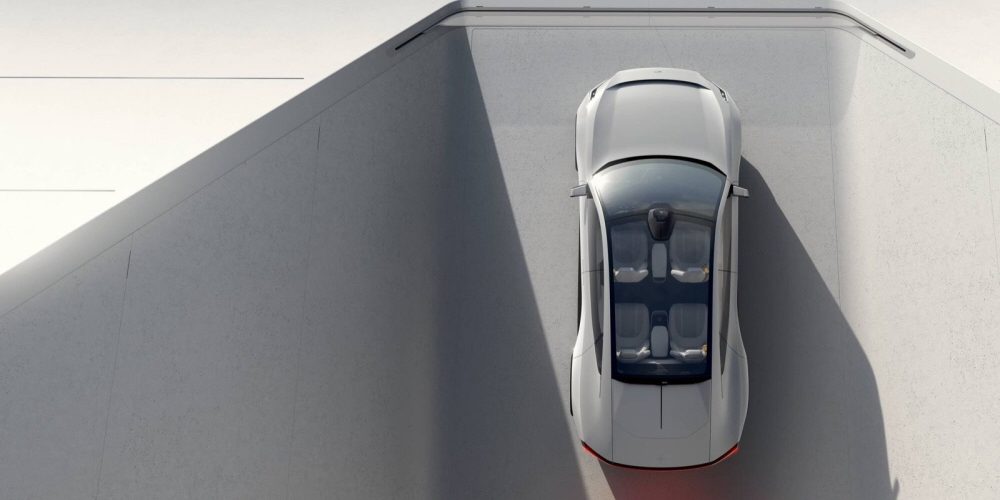
Precept is a new concept car released by Polestar. This electric vehicle, which is a lesson, is meant to present a vision for the foreseeable future through human-machine interface HMI, use of environmentally friendly recycled materials, and new design.
The precept is a four-door coupe design, which is different from the Polestar 1 or 2, which Polestar announced after the spin-off of Volvo. The square front grille, which makes you feel strongly in common with Volvo, has been eliminated, and the overall style is also weakened by the traditional Volvo straight line, and smooth curves are visible everywhere. Thor’s hammer-type headlight motif derived from Nordic mythology was inherited, but was reborn by dividing it up and down. In addition, the end of the bonnet was decorated in a wing shape by connecting the left and right fenders. LED taillights across the entire rear are vertically treated on both sides, and this part of the body panel also serves to arrange airflow. Overall, it is said to have been inspired by the P1800 in the 1960s.

The Precept is an electric vehicle that does not require a front grill to fill air in the existing radiator and internal combustion engine. Instead, a panel that transmits signals was installed at the end of the car, and two radar sensors and a high-resolution camera were mounted at the rear. Of course, it is intended to help with the driving assistance function. Polestar calls this part a SmartZone instead of drawing it.
On the glass roof, a lidar was installed to detect the surrounding situation. Instead of side mirrors or rearview mirrors, small cameras are mounted on the side and rear of the vehicle, which are displayed on the vehicle monitor through video. This made the rear window to check the rear view unnecessary. Instead, it has a huge rear door with hinges at the rear of the roof for easy loading. Of course, thanks to the use of a single sheet of glass roof, sufficient sunlight pours into the rear seats even without a rear window.

Bcomp’s flax fiber resin was used for the interior panel and the back of the seat. Accordingly, it is said that 50% weight reduction and 80% reduction in waste plastic can be expected. A 3D knitted fabric made of 100% recycled PET bottles was used for the sheet skin. The seat side and the headrest side are made of vinyl made from wine corks. Carpets and nylon fishing nets were also recycled. It is argued that by combining these materials with digital techniques, a new premium luxury can be defined beyond the interior that uses a lot of existing leather, wood, and chrome.

The center console has an HMI that combines a 15-inch vertical touch screen and a 12.5-inch digital instrument cluster. It is equipped with an Android-based system jointly developed with Google to track the movement of the driver’s eyes, and a sensor that detects the distance between the screen and the driver can display a clear and optimized display.
Of course, it is unlikely that this concept car will be sold as it is. However, design elements, technologies, and interior materials can be adopted in the sales model. This concept car will be unveiled during the Geneva Motor Show. Related information can be found here .


















Add comment